By Tan Loong Seng, Strength and Conditioning Coach, Changi Sports Medicine Centre
Endurance runners have traditionally focused their training on improving cardiovascular endurance through aerobic training. Many runners hold the belief that using heavy loads in training makes them "bulky" and is a hindrance to performance. However, the evidence shows that resistance training involving high (and often near-maximal) loads and low repetitions are crucial to elite performance.
Basic Definitions
Let's start by defining some of the commonly-used terms in resistance training:
- Repetition (Rep) – It is one complete movement of an exercise.
- Set - This is a group of repetitions done continuously without stopping.
- Repetition Max (RM) - The maximum number of repetitions per set that can be performed at a given resistance with proper lifting technique. E.g. 1RM = the maximum amount of load that would only allow 1 repetition to be executed.
- Strength - Maximal amount of force a muscle can generate.
- Power - Rate of strength production.
- Stretch Shortening Cycle (SSC) - Lengthening followed immediately by the shortening of a muscle.
High load versus High repetition
Endurance coaches typically prescribe light load but high repetition (15 - 40RM) training assuming that this is good for muscle endurance and aerobic sports. Yet research has consistently demonstrated that high-load training with loads at 85 - 100% of 1RM performed with rapid actions improves endurance performance more effectively. A recent study concluded that high-load resistance training is more effective for the more highly trained while the novice benefited more from high-rep training.
Plyometrics - Towards a better running economy
Good running economy means using less energy and oxygen at the same velocity. Performance can be improved through running a set distance at a higher velocity or being able to run longer at a set velocity.
Recent research findings conclude that resistance training in the form of plyometrics (explosive movements) is beneficial in increasing the running economy of trained distance runners . This may be due to neuromuscular changes including a shortening of the stretch shortening cycle (SSC) and an increase in muscle stiffness. Both factors will increase the recovery of elastic energy from the muscle lengthening phase in running. It has also been suggested that plyometric training improves the ability of the lower limb joints to stiffen on ground contact, thereby reducing the delay between the lengthening and shortening of muscle contractions. This makes the SSC action more efficient during each footfall, leading to a more economical running style. Increased stiffness of the muscle and tendons after plyometric training had also been recorded and that increasing the stiffness of the propulsive leg provide a lower energy cost per footfall. This would imply that athlete with greater reactive strength are more economical on each stride.
However, it is likely that an optimal level of stiffness exists for SSC performance, and the training program must be carefully structured such that stiffness can be increased to the point at which it assists the rebound action but does not impede the stride length.
Practical recommendations for the athlete/coach
All athletes, regardless of the event distance, should undergo a thorough needs analysis so that any resistance training program is customised to the individual's strengths and weaknesses. A good resistance training plan should parallel the pattern of the running program. A set of guidelines is offered below:
During the period of active rest immediately after the competition season, adopt a resistance training program aiming at developing muscular endurance (i.e. 1 - 3 sets of 10 - 15 repetitions at 50 - 60% of 1RM). As the runner enters the off-season phase, the program should aim to elicit some basic strength adaptation (i.e. 2 - 3 sets of 10 repetitions at 60 - 70% 1RM). The purpose is to develop strength in preparation for plyometric training and a higher intensity of weight training during pre-competition season.
During the season of pre-competition, resistance training sessions should aim to increase strength and power in order to improve running. This is done through increasing load and reducing volume (i.e. 3 sets of 6 - 8 repetitions at 80% 1RM) and incorporating plyometrics as well. The coach needs to take into consideration that an average of 6 - 9 weeks of plyometric training is needed to elicit an improvement in running economy.
During the competition season, a maintenance program consisting of high intensity training done at least once a week (i.e. 1 - 2 sets of 6 - 8 repetitions at > 80% 1RM) is required to sustain strength and power to enhance performance and injury prevention
Exercises should cover both upper and lower body. Upper-body strength is needed for arm and symmetrical movements of the body during running while the runner needs to develop lower limb strength, as the lower limbs are subjected to loads of 3 - 5 times body weight during ground contact for running. Plyometric training should begin with lower-intensity drills such as squat jumps and vertical jumps and progress to more intense exercises such as drop jumps and bounds by the end of pre-season.
Finally, in an ideal situation, resistance and endurance running training should be performed on separate days but this may be impractical for the runner whose endurance training sessions take place every day. While little research has been conducted to examine the acute effects of strength training on endurance performance, many studies do recommend that resistance training should be performed first with at least up to 8 hours of recovery duration between resistance and endurance sessions (if both are done in the same day) to avoid interference effects.
Look out for next month's article where we explore how to go about designing a plyometrics training session and what type of plyometrics exercises to utilize.
Mr Tan Loong Seng is the Strength and Conditioning Coach in Changi Sports Medicine Centre. An avid fan of endurance running up to ultra-marathon distances, Loong Seng spends most of his time today exploring the physiology for high performance in endurance running and cleaning his running shoes.

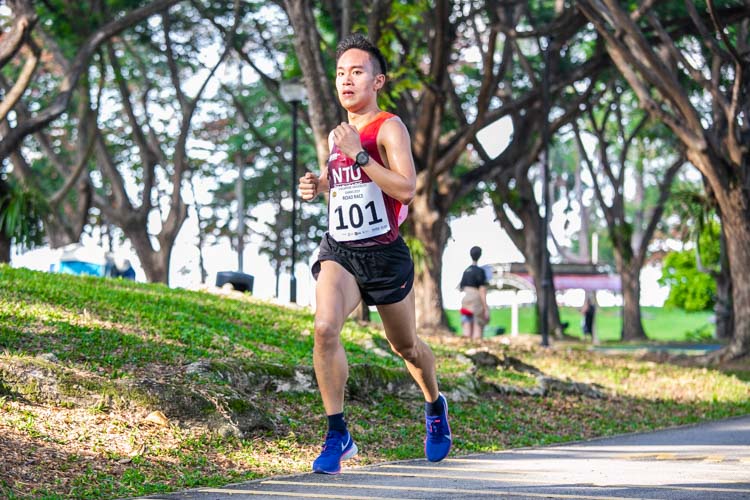
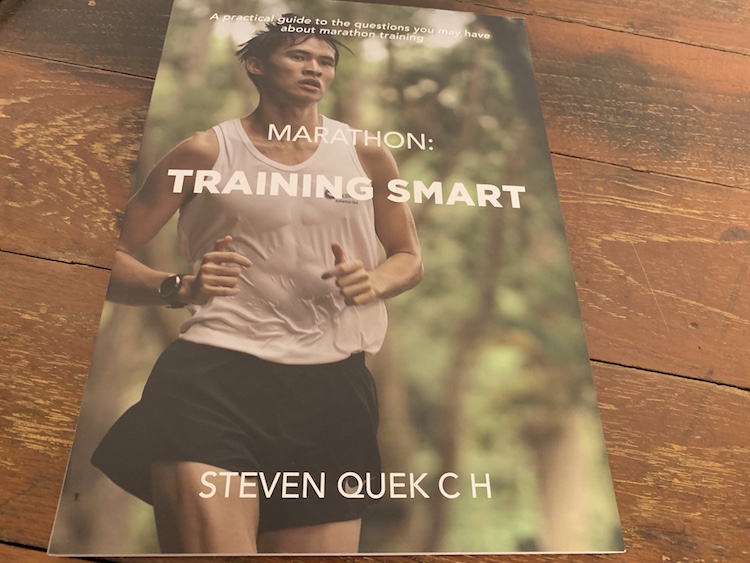
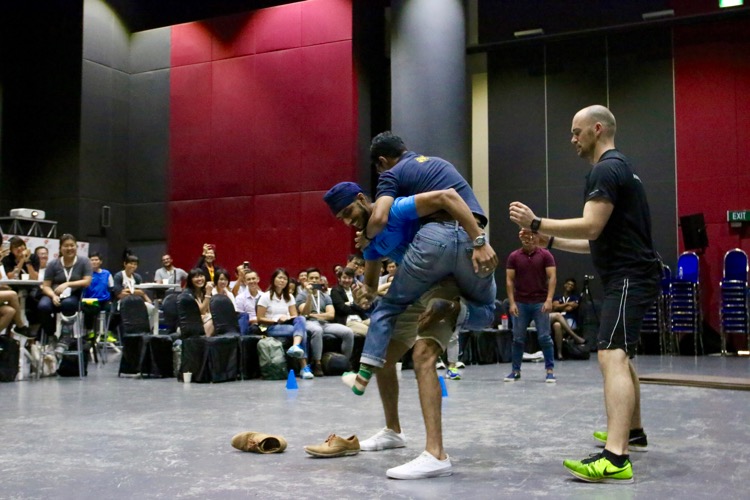

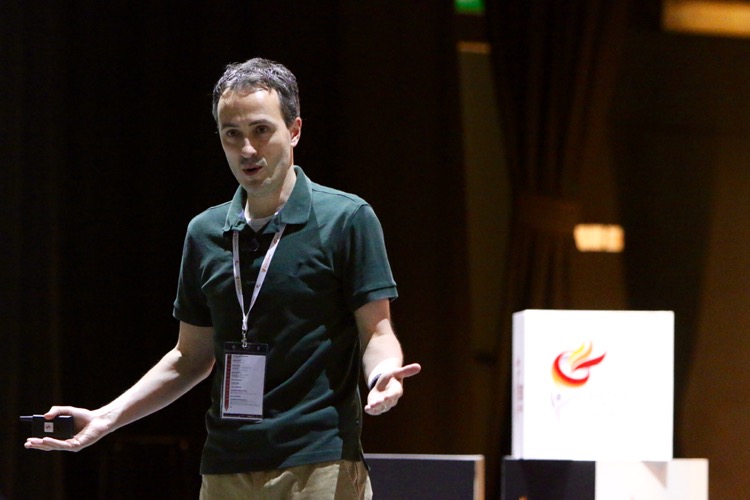

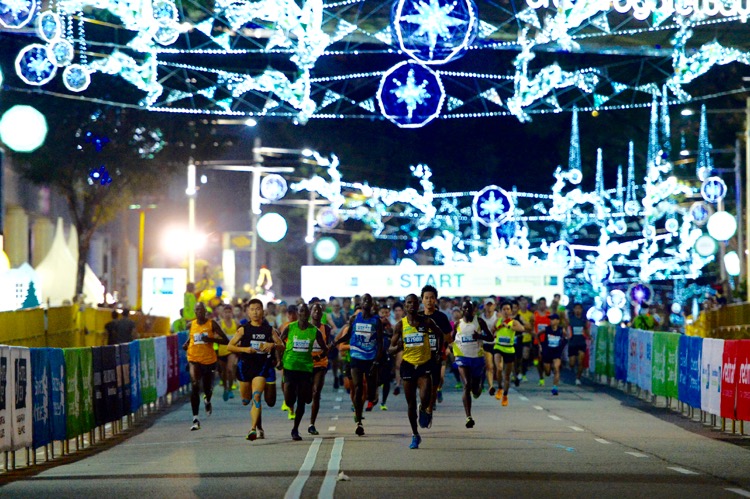
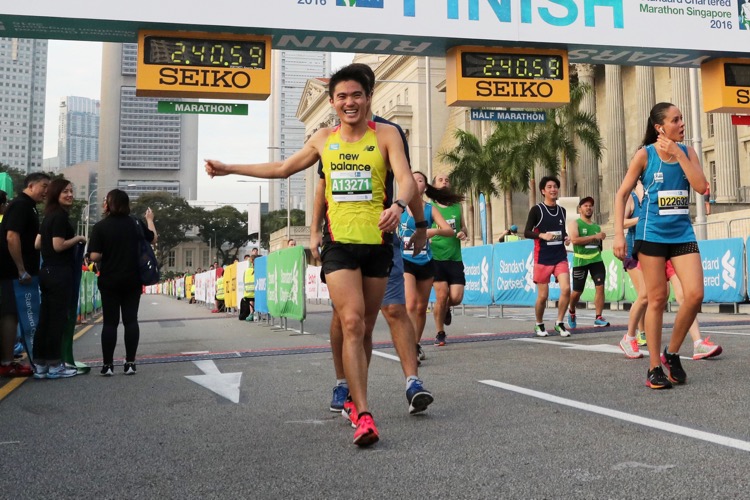
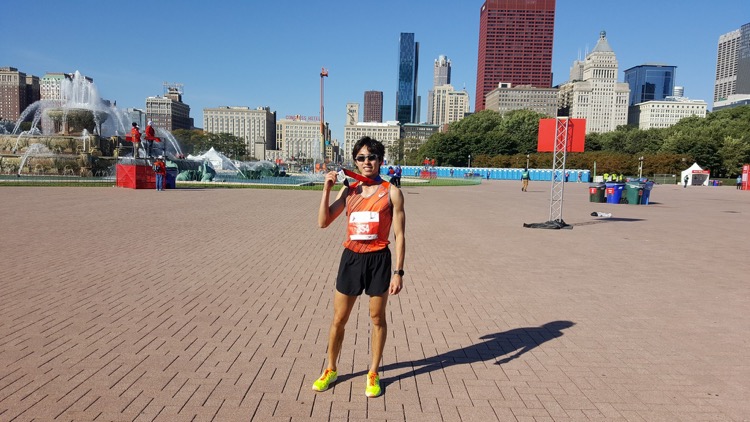
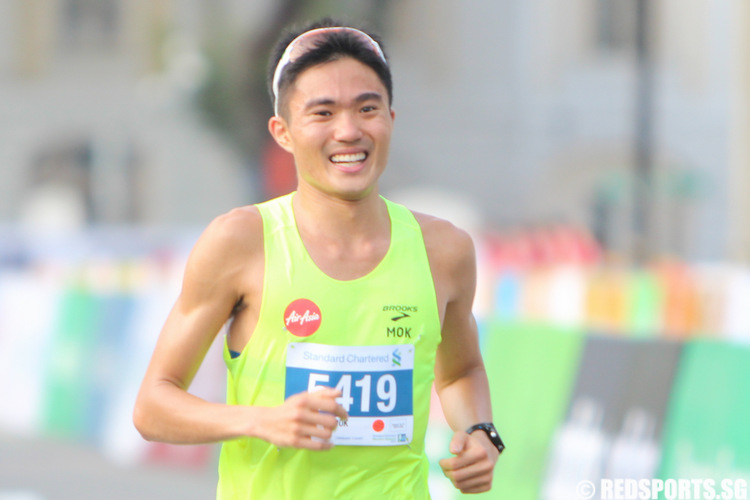
[…] the previous article, we mentioned that endurance runners could improve their running economy via lower body plyometric […]